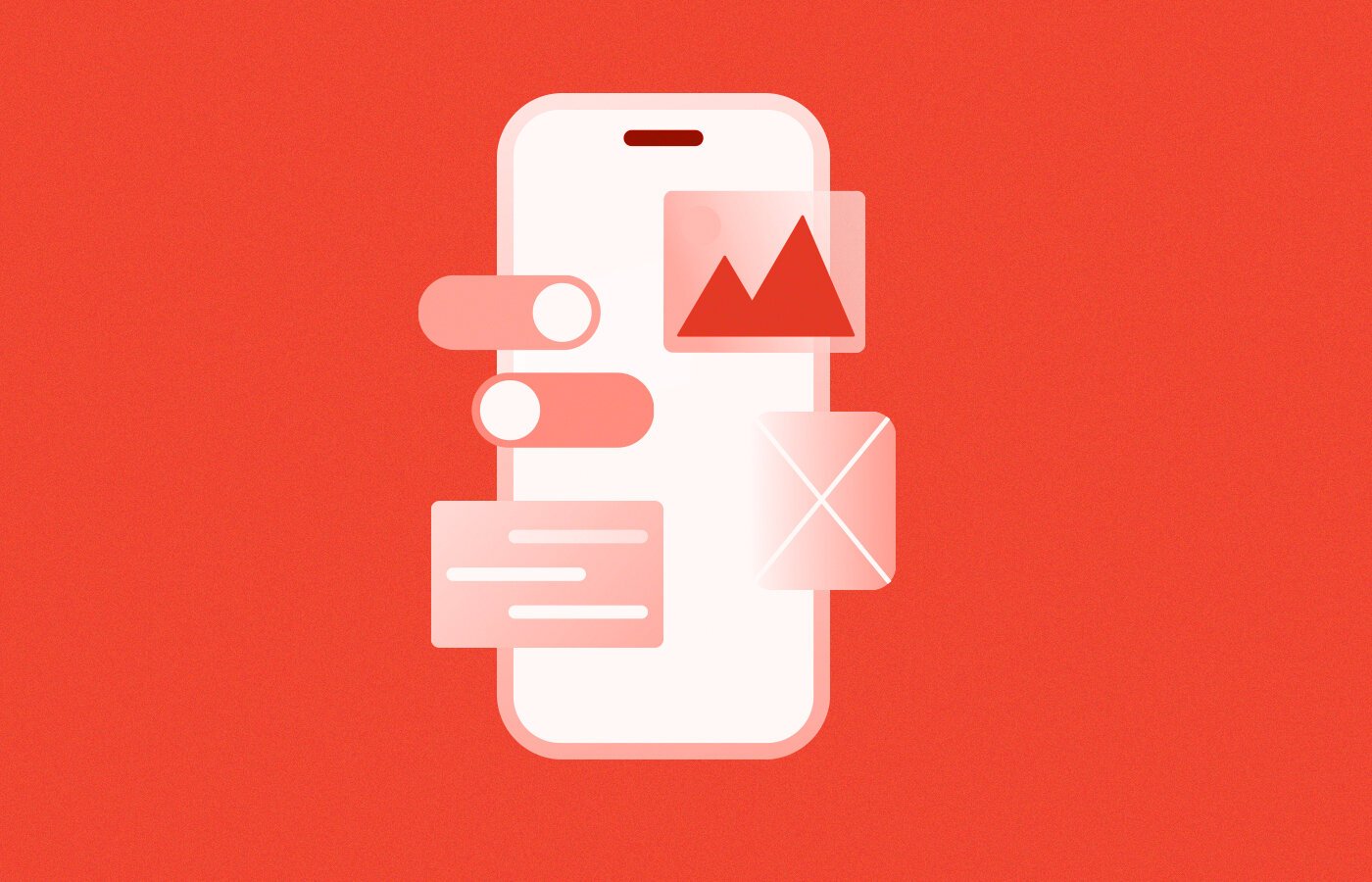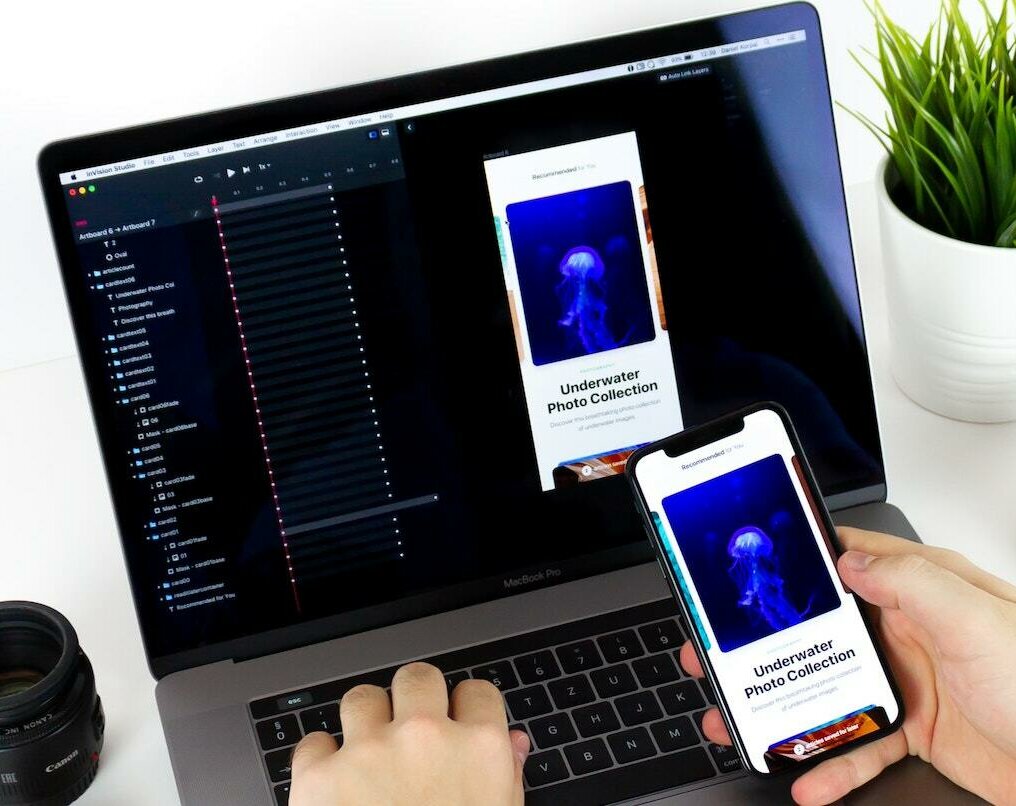blog
How Much Does It Cost to Build an iOS App in Singapore?
By Mohan S App development Digital transformation April 28, 2025

Singapore is a fantastic market for mobile innovation. But before you dive in, let's talk about the elephant in the room: cost of app development. How much will this venture actually cost?
This isn't a simple question with a single answer. The cost of iOS app development in Singapore, like anywhere else, is a multifaceted equation with variables ranging from app complexity to the team you choose. This guide breaks down the key factors and provides realistic estimates to help you budget for your iOS project.
How Much Does It Cost to Build a Mobile Application in Singapore in 2024/2025?
Expect to pay anywhere from SGD 15,000 to SGD 200,000+ for iOS app development in Singapore. This broad range reflects the vast spectrum of app types, features, and development approaches.
Simple Apps (e.g., a basic task manager): SGD 15,000 - SGD 30,000
Medium Complexity Apps (e.g., e-commerce app with basic functionalities): SGD 30,000 - SGD 80,000
Complex Apps (e.g., social networking app, Fintech app): SGD 80,000 - SGD 200,000+
These are estimates, and your actual cost may vary. To understand why the range is so wide, let's dissect the factors at play.
Factors Affecting the Average Cost of Developing an App
Understanding these factors is crucial for effective budgeting breakdown and decision-making.
App Type: A simple information-based app will obviously be cheaper than a complex platform like Grab or Carousell. Think through the core function of your app. Is it primarily content delivery, e-commerce, social interaction, or something else?
Platform Choice: While we're focusing on iOS, consider the pros and cons of also building an Android version. Developing natively for both platforms (iOS using Swift/Objective-C and Android using Kotlin/Java) is the most expensive option. Cross-platform frameworks like React Native or Flutter can be more cost-effective if you want to target both. However, keep in mind you might be compromising on performance or native features.
Features by Complexity: This is what makes the major difference in the cost deviation. Here are some features and their relative complexity:
Simple: User login/registration, displaying static content, basic search functionality.
Medium: In-app purchases, push notifications, integration with third-party APIs (e.g., Google Maps), basic data analytics.
Complex: Real-time chat, video streaming, AI-powered features (e.g., image recognition), complex data processing, blockchain integration.
App Development Team: Outsourcing vs. In-house: Building an in-house team is the most expensive option, requiring significant upfront investment in salaries, benefits, and infrastructure. Outsourcing to a reputable agency or hiring freelancers can be more cost-effective, but it's crucial to thoroughly vet potential partners.
Hidden Costs: Don't forget about costs beyond the initial development. Server infrastructure, third-party API subscriptions, marketing, and ongoing maintenance and updates all contribute to the total cost of ownership.
Custom App Development Benefits
While off-the-shelf solutions might seem cheaper initially, custom app development offers crucial advantages:
Tailored Solutions: Your app will perfectly fit your specific business needs and target audience.
Scalability: A well-designed custom app can easily scale to accommodate future growth.
Enhanced Security: You have full control over the security measures implemented in your app.
Compliance: Ensure your app adheres to all relevant regulations and standards (e.g., PDPA in Singapore).
Seamless Integration: Integrate your app seamlessly with your existing systems and workflows.
User-Centric Design: Create a user experience that is optimized for your target audience, leading to higher engagement and retention.
How to Reduce the App Development Cost?
Here's the million-dollar question. Here are some actionable strategies to keep costs down without sacrificing quality:
Conduct a Comprehensive Discovery Phase: Thoroughly research your target audience, competitors, and market trends. This will help you define clear requirements and avoid costly rework later on.
Define Clear Requirements and Objectives: Document everything in detail. Ambiguity is your enemy.
Prioritize Essential Features: Start with a Minimum Viable Product (MVP) that focuses on the core functionality of your app. You can always add more features later. Think "launch, iterate, learn" rather than "boil the ocean."
Choose the Right Development Approach: Consider using cross-platform frameworks if appropriate for your app's requirements.
Optimize Design and User Experience: Focus on a clean, intuitive user interface. Don't over-complicate things.
Leverage Dedicated Teams: If outsourcing, look for dedicated teams with experience in iOS app development.
Regular Testing and Feedback: Test your app frequently throughout the development process to identify and fix bugs early on.
Plan for Future Scalability: Design your app with scalability in mind to avoid costly redesigns later on.
Efficient Project Management: Use agile methodologies and project management tools to keep your project on track and within budget.
FAQs
How do I validate my app idea before development?
Through market research, competitor analysis, wireframing, and MVP testing. Learn more about making your digital product strategy a success.
What factors influence the cost of developing an app?
Complexity of features, UI/UX design requirements, integrations with other systems, and ongoing maintenance. Learn more about app development cost breakdown factors.
How much does it cost to develop a simple app?
In Singapore, a very basic app can cost around SGD 15,000 - SGD 30,000.
Does it cost more to develop an app for both iOS and Android?
Yes, generally. Developing native apps for both platforms can be almost double the cost of developing for just one. Cross-platform frameworks can reduce this, but may come with their own limitations.
How long does it take to develop an iOS app?
Timelines vary based on complexity but typically range from 2 to 6 months.


